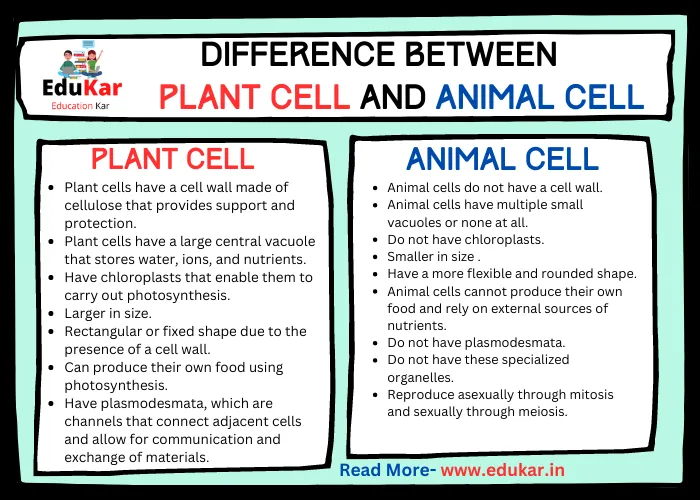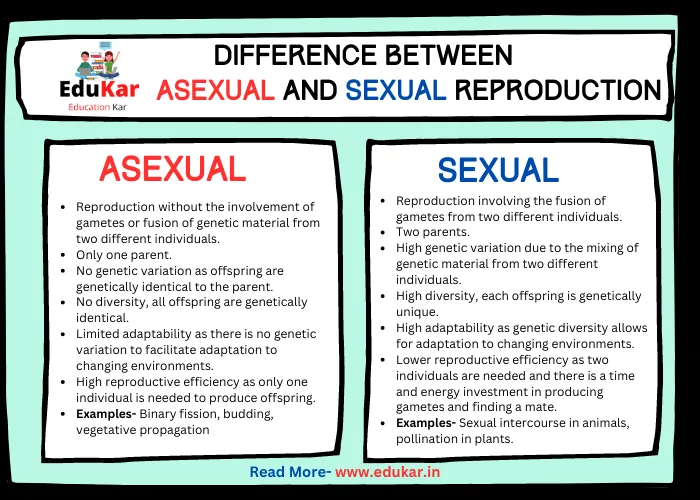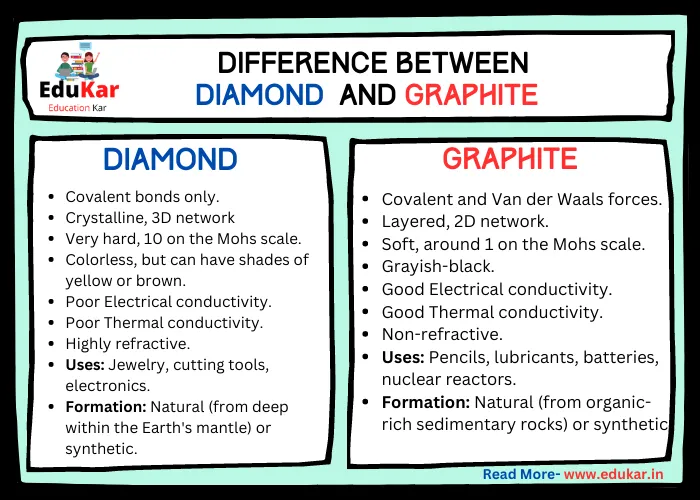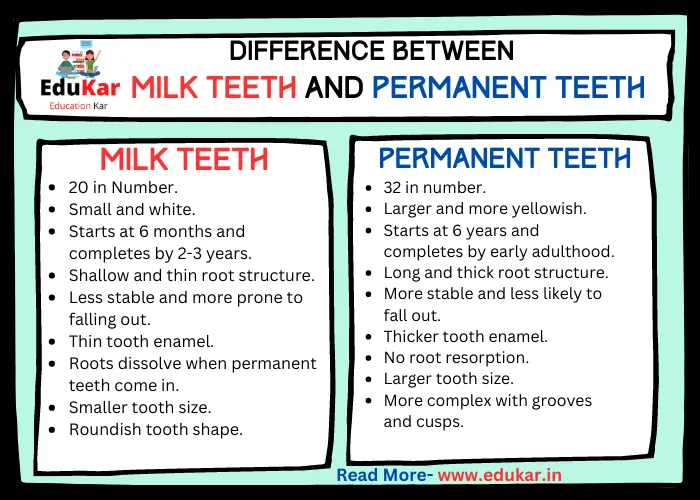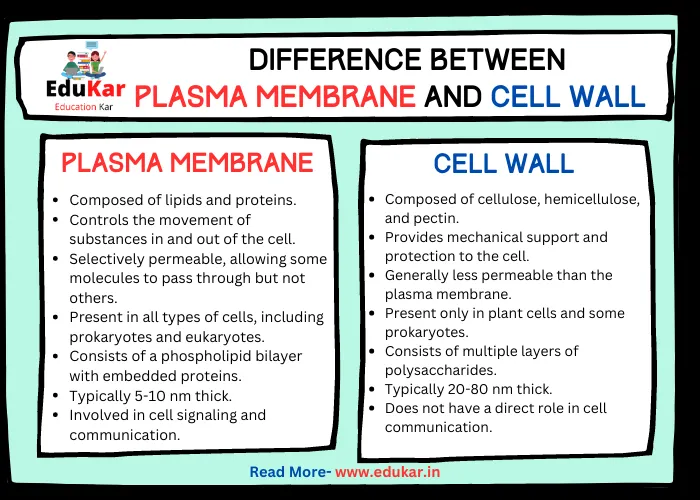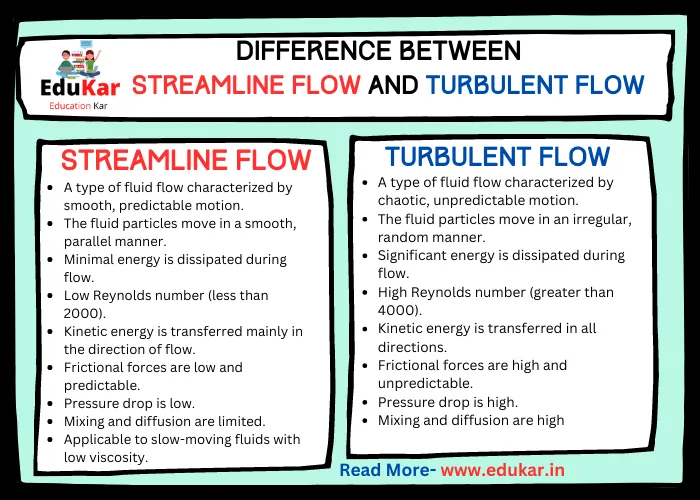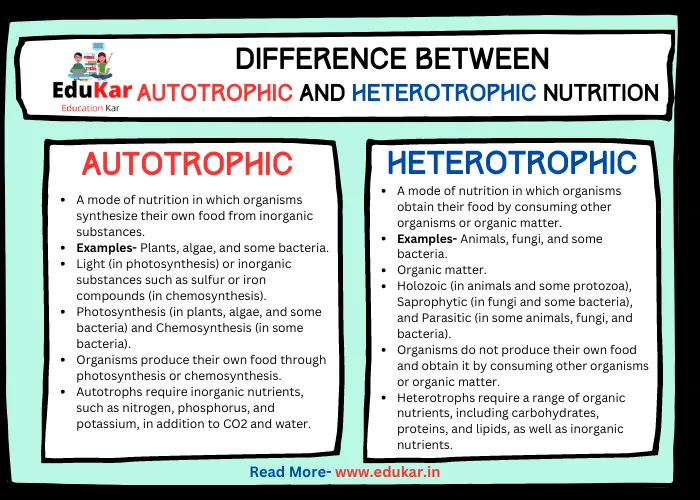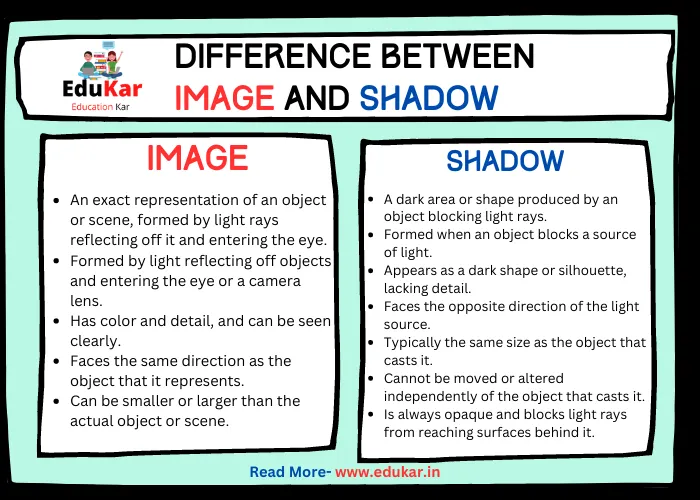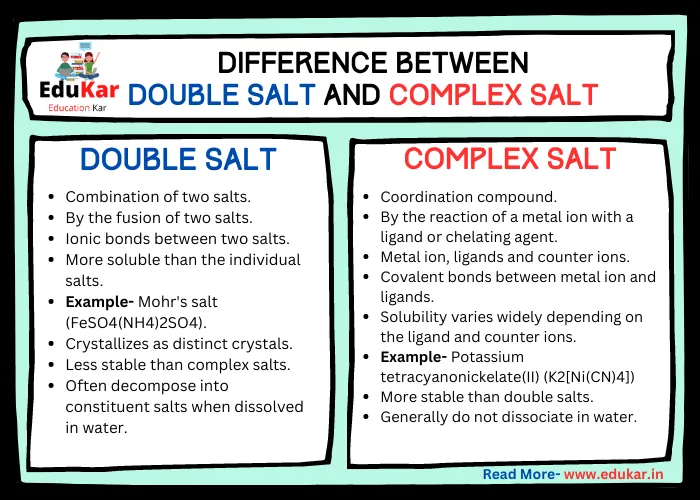Contents
Learn about the key distinguishing features between chordates and non-chordates with this informative article. Explore the unique characteristics of both groups and gain a deeper understanding of the fascinating world of animal diversity.
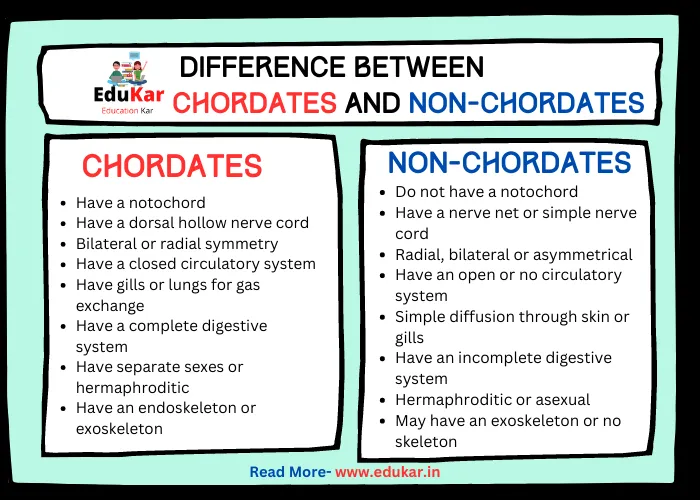
Introduction
Classification of animals is one of the essential areas of research in biology. The classification is based on the characteristics of the animal, and the most commonly used classification is based on the presence or absence of a notochord, which divides animals into two groups: chordates and non-chordates. This blog post will explore the differences between these two groups of animals and their characteristics.
What is notochord?
The notochord is a structure found in the early embryos of all chordates, which includes vertebrates (animals with a backbone) as well as some invertebrate groups. It is a flexible, rod-shaped structure that runs along the length of the embryo, just dorsal to the gut.
The notochord plays an important role in the development of the nervous system and axial skeleton. It helps to provide support and structure to the developing embryo, and also serves as a signaling center for the formation of surrounding tissues.
In some vertebrates, such as humans, the notochord is eventually replaced by the vertebral column (or backbone) during development. However, remnants of the notochord persist in the adult as the nucleus pulposus, which is the gel-like center of the intervertebral discs that cushion the vertebrae.
Characteristics of Chordates
The notochord is a key characteristic that defines chordates. It is a flexible rod that runs the length of the animal’s body, supporting it and providing attachment points for muscles. In chordates, the notochord is replaced by the vertebral column in most adults. Another defining characteristic is the dorsal hollow nerve cord, which runs along the back of the animal and gives rise to the central nervous system. Chordates also have pharyngeal slits or pouches, which are openings in the pharynx that are used for feeding and breathing. Lastly, chordates have a post-anal tail, which extends beyond the anus and is used for movement.
Characteristics of Non-chordates
In contrast, non-chordates lack a notochord and instead have a dorsal solid nerve cord. They also do not have pharyngeal slits or pouches or a post-anal tail. These animals are divided into various groups based on their body symmetry, circulatory system, and respiratory system.
Difference between Chordates and Non-Chordates
| Feature | Chordates | Non-Chordates |
|---|---|---|
| Notochord | Have a notochord | Do not have a notochord |
| Nervous system | Have a dorsal hollow nerve cord | Have a nerve net or simple nerve cord |
| Symmetry | Bilateral or radial symmetry | Radial, bilateral or asymmetrical |
| Circulatory system | Have a closed circulatory system | Have an open or no circulatory system |
| Respiratory system | Have gills or lungs for gas exchange | Simple diffusion through skin or gills |
| Digestive system | Have a complete digestive system | Have an incomplete digestive system |
| Reproductive system | Have separate sexes or hermaphroditic | Hermaphroditic or asexual |
| Skeletal system | Have an endoskeleton or exoskeleton | May have an exoskeleton or no skeleton |
| Habitat | Can be found in aquatic or terrestrial environments | Can be found in aquatic, terrestrial or aerial environments |
| Body size | Range from very small to very large | Range from very small to moderately large |
| Evolutionary history | Evolved from invertebrate ancestors | Includes diverse invertebrate groups |
| Examples | Fish, amphibians, reptiles, birds, mammals | Insects, mollusks, arachnids, annelids, sponges |
Examples of Chordates and Non-chordates
Chordates include fish, amphibians, reptiles, birds, and mammals. Non-chordates are a diverse group that includes sponges, cnidarians, flatworms, annelids, arthropods, mollusks, and echinoderms.
Conclusion
The differences between chordates and non-chordates are significant and based on their unique characteristics. Understanding these differences can help researchers classify and identify new animal species. Additionally, understanding these differences can help individuals appreciate the diversity of the animal kingdom and the complexity of the natural world.
FAQs for Chordates and Non-chordates
What are chordates?
Chordates are a group of animals that possess a notochord, a dorsal nerve cord, pharyngeal slits, and a post-anal tail at some point during their development.
What are non-chordates?
Non-chordates are a group of animals that do not possess a notochord, dorsal nerve cord, pharyngeal slits, or post-anal tail at any point during their development.
What is a notochord?
A notochord is a flexible, rod-shaped structure that runs along the dorsal side of the body in chordates. It provides support and acts as a precursor to the vertebral column in vertebrates.
What is a dorsal nerve cord?
A dorsal nerve cord is a hollow, dorsal nerve tube that runs along the back of the body in chordates. It acts as the main communication pathway between the brain and the rest of the body.
What are pharyngeal slits?
Pharyngeal slits are openings in the pharynx (throat) that connect to the outside of the body. In chordates, they are involved in respiration, feeding, and other functions.
What is a post-anal tail?
A post-anal tail is a muscular structure that extends beyond the anus in chordates. It is involved in movement and balance.
What are some examples of chordates?
Some examples of chordates include fish, birds, mammals, reptiles, and amphibians.
What are some examples of non-chordates?
Some examples of non-chordates include insects, spiders, crustaceans, mollusks, and echinoderms.

